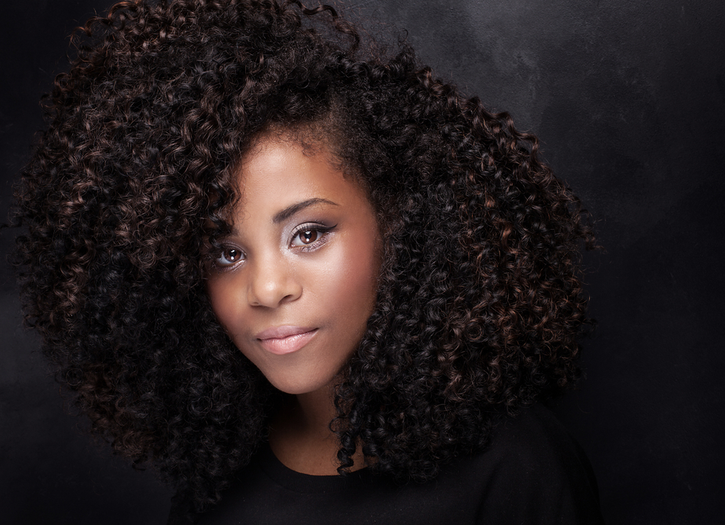The Curly Girl Method is an approach to hair care designed by author Lorraine Massey for natural hair (coils, waves, and curls) that has not been chemically relaxed. This method discourages the daily use of sulfate shampoo, as it is too harsh for curly hair. Among other things, it calls for the use of a cleansing conditioner in place of shampoo (also called “conditioner washing” or “co-washing”).
People with various hair textures have adapted the method to their needs. Popular variations include the use of sulfate-free shampoos, which are more widely available now than they were in 2001, and occasional blow-drying with the use of heat protectants and a diffuser instead of a regular hairdryer. An additional essential step in the curly hair care routine includes the use of deep conditioners once a week. These deep conditioning treatments work more effectively if they are performed regularly once a week. Application of heat by using thermal heat caps helps deep conditioners penetrate the cuticle better leaving the hair more moisturized.
The method is also used by males; the name “curly girl” reflects the relative importance of hair care to women and girls due to societal expectations. The method can also be used on kinky, coily, and wavy hair, which are often treated as curly hair types or “curl patterns” on hair care websites and in hair typing systems. As co-washing has become more popular, consumer demand has spawned a new hair product, the “cleansing co-wash”, which proponents claim removes buildup from the hair and scalp without the harsh “stripping”.
Other authors have written curly hair care guides which focus on specific hair types. Curly Like Me: How to Grow Your Hair Healthy, Long, and Strong by Teri LaFlesh provides natural hair care tips, especially for tight curls. Better than Good Hair: The Curly Girl Guide to Healthy, Gorgeous Natural Hair by Nikki Walton focuses on afro-textured hair. Writers at the Naturally Curly website provide hair care advice based on curl pattern, porosity, density, hair thickness, and other factors.
The curly girl method also requires one to know one’s hair porosity. There are low, medium, and high hair porosity. Low hair porosity is when the hair cuticles are tightly shut. Low porosity hair has difficulty obtaining moisture but once moisture is absorbed it will remain moisturized. This porosity type is common with hair that has suffered little to no damage (either from heat styling tools or from chemicals) and thus it is the preferred porosity level. Medium porosity hair is when the hair cuticles are loose, allowing moisture to be easily absorbed and retained. High porosity is when there are gaps in the hair cuticles which allows the hair to easily absorb the moisture but also easily lose the moisture just as easily as it was absorbed.
These gaps are caused by long-term damage to the hair from things like over-manipulation, heat damage, and chemical damage from hair dyes and relaxers.







Add Comment